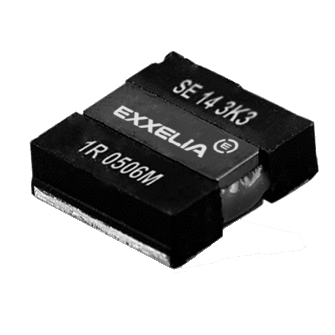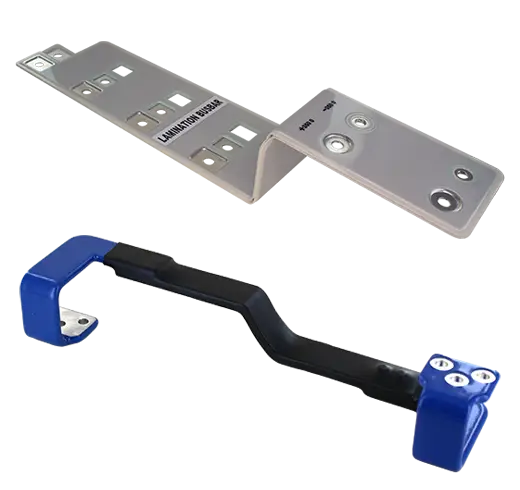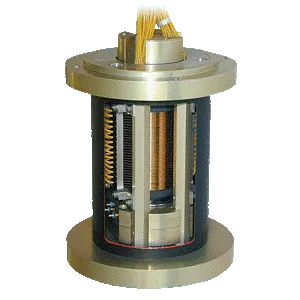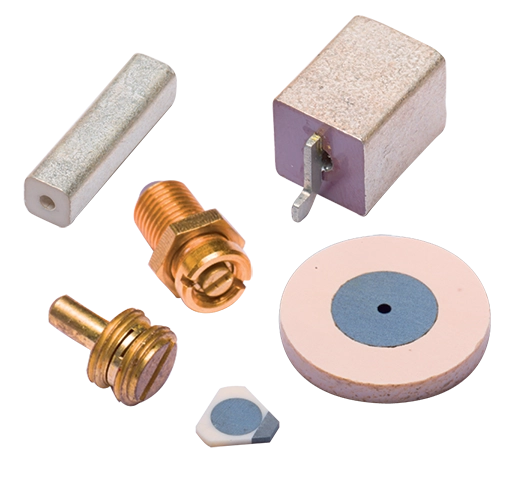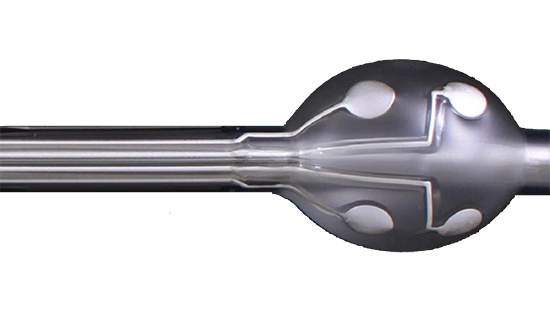
Ferrite Materials
Filtre
Frequency
1.55GHz
10.9GHz
Rod material
Garnet
Magnetization
750Gauss
1820Gauss
Frequency
1.55GHz
10.9GHz
Rod material
Garnet
Magnetization
800Gauss
1950Gauss
Frequency
0.34GHz
6.2GHz
Rod material
Garnet
Magnetization
290Gauss
1200Gauss
Frequency
1.55GHz
36GHz
Rod material
Spinel
Magnetization
1600Gauss
2400Gauss
A Series
High temperature
Frequency
6.2GHz
40GHz
Rod material
Spinel
Magnetization
2300Gauss
5000Gauss
NZ Series
High temperature
Frequency
1.55GHz
40GHz
Rod material
Spinel
Magnetization
1900Gauss
5000Gauss
|
Name
|
Download
|
Frequency
|
Q Factor
|
Rod material
|
Magnetization
|
Notes
|
Frequency band
|
Brushing thread
|
Wavelength
|
Section surface
|
Q x f Factor
|
|---|---|---|---|---|---|---|---|---|---|---|---|
| Y1 Series | 1.55GHz ~ 10.9GHz | - | Garnet | 750Gauss ~ 1820Gauss | Disks. square substrates | - | - | - | - | Garnet | |
| Y2 Series | 1.55GHz ~ 10.9GHz | - | Garnet | 800Gauss ~ 1950Gauss | Disks. square substrates | - | - | - | - | Garnet | |
| Y3 Series | 0.34GHz ~ 6.2GHz | - | Garnet | 290Gauss ~ 1200Gauss | Disks. square substrates | - | - | - | - | Garnet | |
| Y7 Series | 1.55GHz ~ 6.2GHz | - | Garnet | 390Gauss ~ 1020Gauss | Disks. square substrates | - | - | - | - | Garnet | |
| Y4 Series | 0.34GHz ~ 6.2GHz | - | Garnet | 920Gauss ~ 960Gauss | Disks. square substrates | - | - | - | - | Garnet | |
| D Series | 0.34GHz ~ 10.9GHz | - | Garnet | 580Gauss ~ 1760Gauss | Disks. square substrates | - | - | - | - | Garnet | |
| Y9 Series | 0.34GHz ~ 10.9GHz | - | Garnet | 780Gauss ~ 1020Gauss | Disks. square substrates | - | - | - | - | Garnet | |
| U Series | 1.55GHz ~ 36GHz | - | Spinel | 1600Gauss ~ 2400Gauss | Disks. square substrates | - | - | - | - | Spinel | |
| A Series | 6.2GHz ~ 40GHz | - | Spinel | 2300Gauss ~ 5000Gauss | Disks. square substrates | - | - | - | - | Spinel | |
| NZ Series | 1.55GHz ~ 40GHz | - | Spinel | 1900Gauss ~ 5000Gauss | Disks. square substrates | - | - | - | - | Spinel | |
| YK21-DK21 | 12GHz | - | - | - | - | - | - | - | - | - |
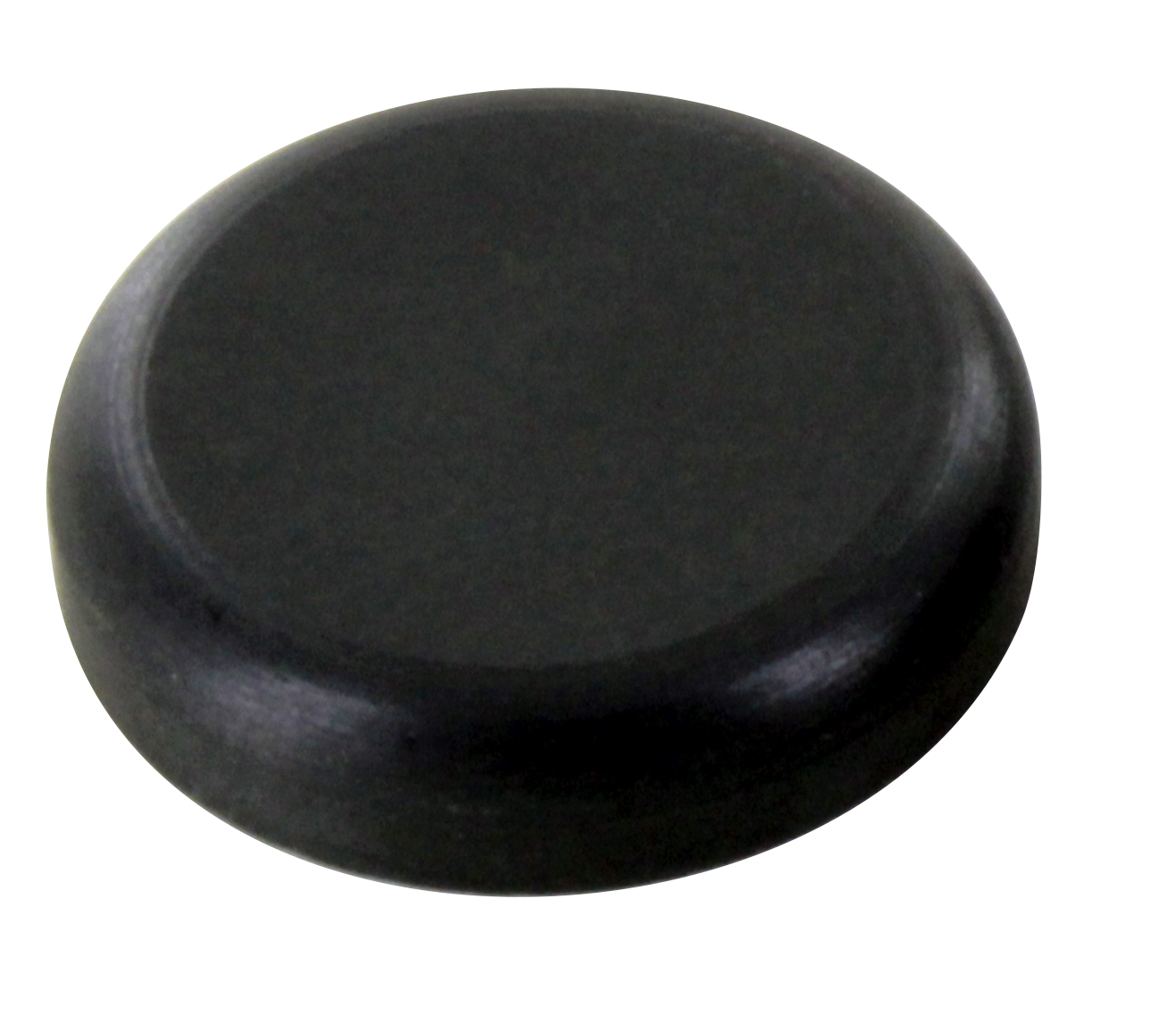
Y1 Series
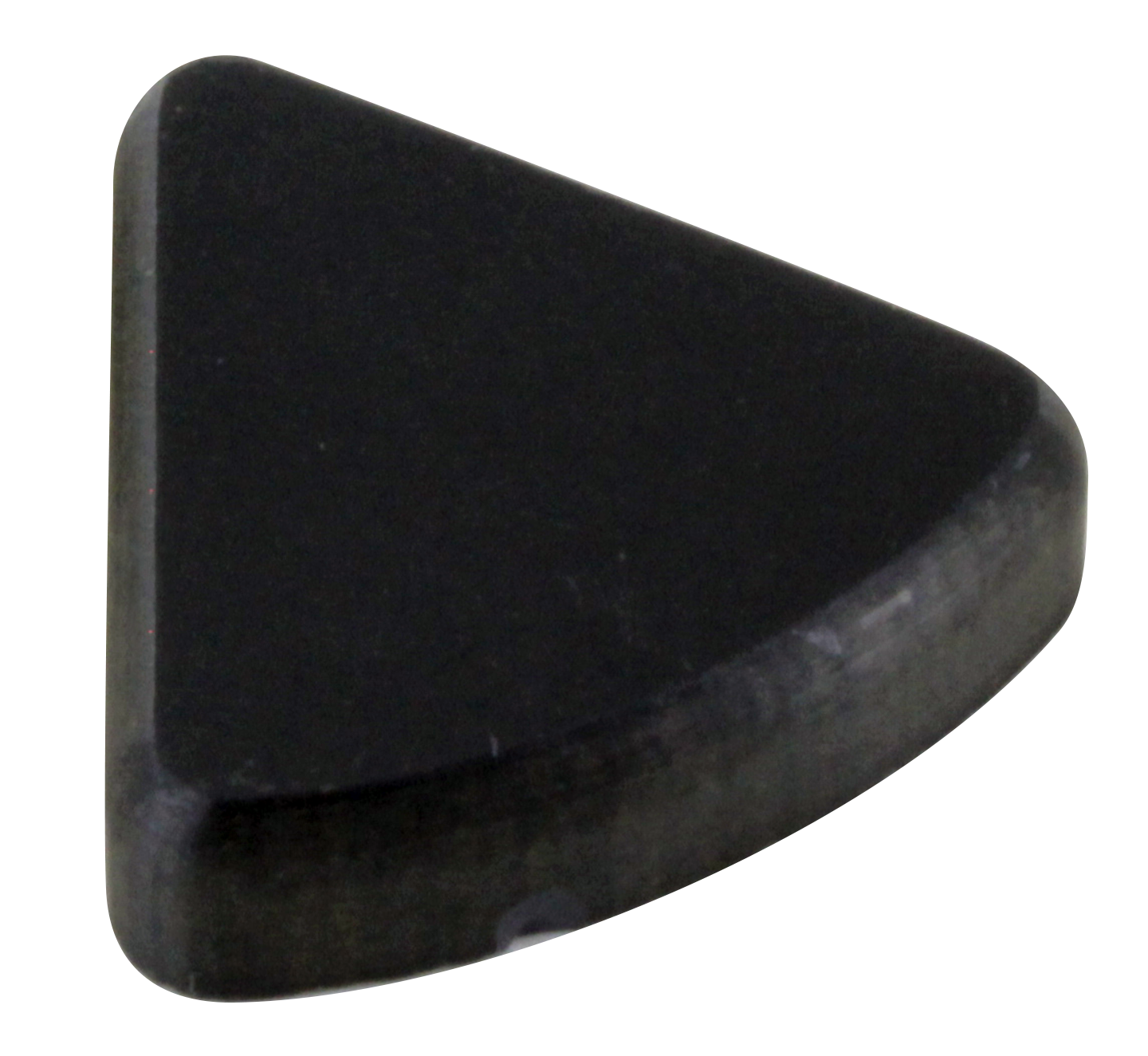
Y2 Series
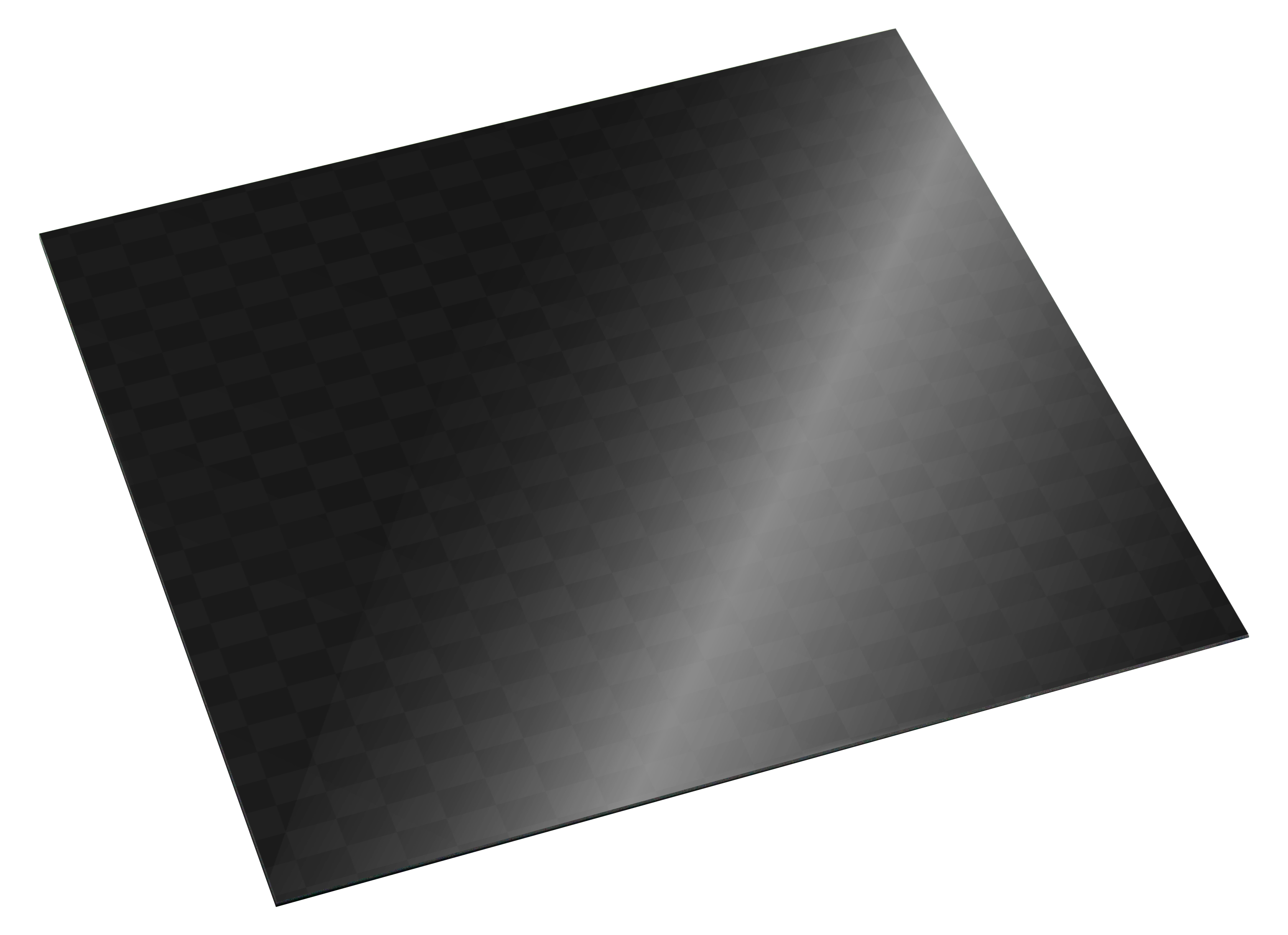
Y3 Series
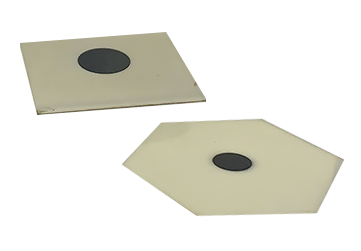
Y7 Series
Stability
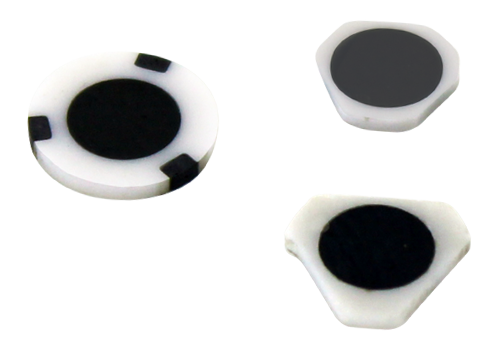
Y4 Series
Stability
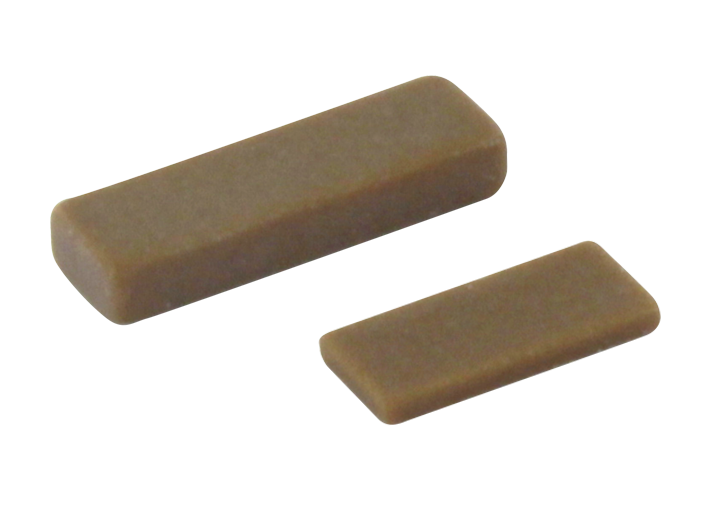
D Series
High Power

Y9 Series
High Power
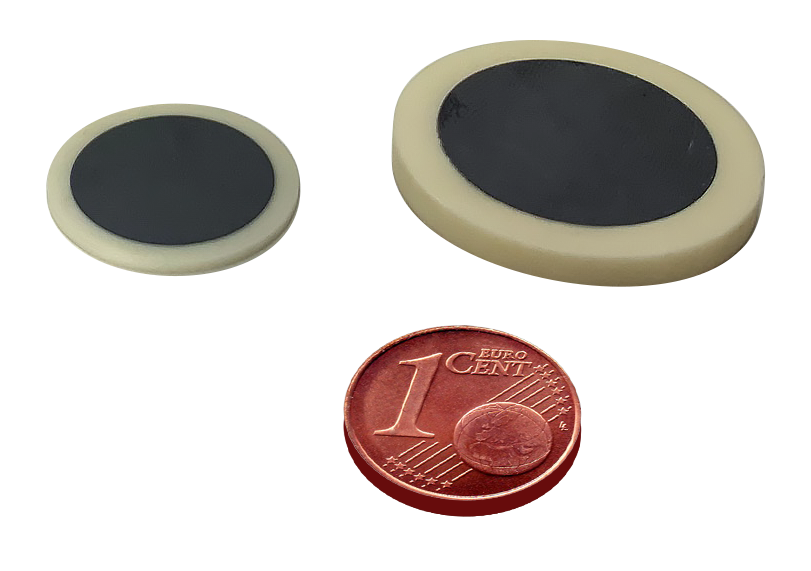
U Series
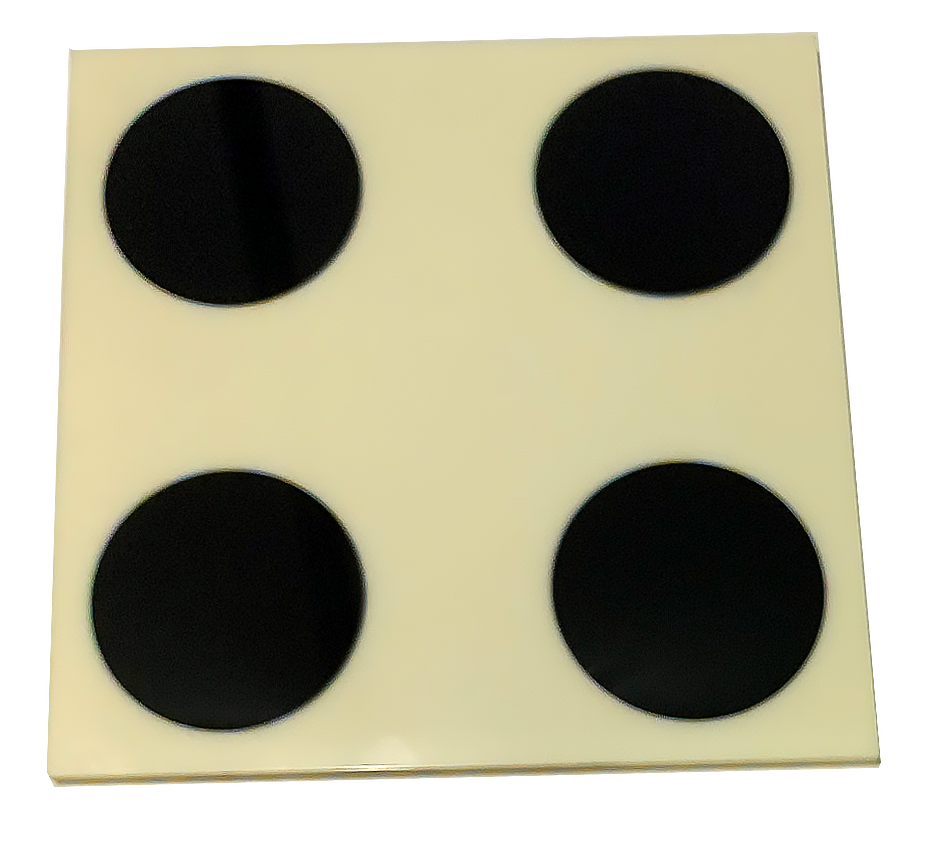
A Series
High temperature
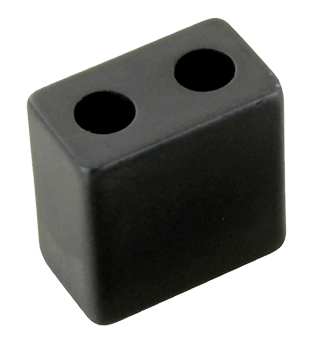
NZ Series
High temperature
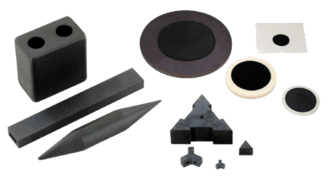
YK21-DK21
Custom example
Ferrite Materials
Ferrite materials are used in microwave devices such as isolators, circulators, diplexers, filters, and phase shifters. These materials exhibit both dielectric and magnetic properties due to the presence of magnetic ions, such as iron, within their composition. This unique combination makes them essential for various high-frequency applications.
Mostly intended for isolators and ciculators sub-systems used in radiocommunication systems, ferrite materials from Exxelia are offered in disks, triangles and special custom designed dimensions. They are all based on Exxelia own fomulation providing low delta H propitious to IMD reduction.

Frequently Asked Questions
Find answers to the most frequently asked questions about our products and services.
Still have questions ?
Can’t find the answer you’re looking for ? Please contact with our customer service
Contact


